Retainers
Removal of the braces heralds the end of the active phase of orthodontic treatment, where the teeth are moved into the desired alignment and the start of the retention phase, where the teeth are held in there new positions while the surrounding bone and soft tissue settles and adapts to the new tooth alignment and bite.
How long do I wear retainers for?
Different Orthodontists will vary in their retention philosophy, due to differences in training, experience and the type of retainer appliance they use.
Retention requirements also differ for different patients, depending on the type of malocclusion that has been corrected and future growth or ageing expectations.
Many Orthodontists recommend full-time wear of the retainer for the first 6 months. During this time the retainers are worn at all times, morning and night, except when eating, cleaning the teeth, playing sport or swimming.
The retainers are then worn at night only for a further 6 months. The retainers are then eased off to 1-2 nights per week over the next 12 months. Many Orthodontists are now recommending that the retainers be worn 1-2 nights per week indefinitely.
Generally, retainers for the top teeth are clear plastic that can be removed and on the bottom teeth, two bands with a wire on the inside of the teeth are fitted.
Final records
A set of photographs and radiographs (x-rays) are taken after completion of active treatment.

Wisdom teeth
Once braces are removed, the Orthodontist will also check the third molar teeth (“wisdom teeth”). Depending on the age of the patient and the developmental state of the third molars, the Orthodontist will make a recommendation on whether or not the third molars should be removed.
There is much controversy among Orthodontists as to whether impacted wisdom teeth can affect the alignment of the other teeth in the mouth. All the research done in this area has been inconclusive. However, many Orthodontists do believe that the pressure from impacted wisdom teeth can be a factor in the relapse of tooth alignment following orthodontic treatment.
Other problems which can occur due to impacted wisdom teeth are: damage to the adjacent molar tooth, cyst formation and recurrent infection, with associated pain and swelling, of the gum tissue around the wisdom tooth.
How do I clean my retainer
Removable retainers should be cleaned using your tooth brush and tooth paste when you brush your teeth after each meal.
Once or twice per week you can “freshen” the removable retainer by putting it for about 30 minutes in a glass of water with a teaspoon of Bicarbonate of Soda dissolved in it. Rinse the retainer in running water before fitting it back onto the teeth.
If you have a wire retainer bonded to the inside of your teeth, brush as usual with a toothbrush and toothpaste. Use a spiral brush and dental floss to clean between the wire and the teeth and also between adjacent teeth.
What if a retainer is lost or broken?
Phone your nearest office straight away for an appointment to replace your retainer. Although there is a charge for the replacement, it's a relatively cheap way to protect the investment you have made in your orthodontic care.
Types of retainers
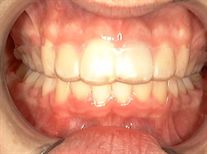
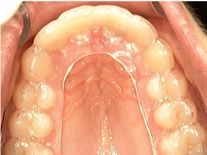
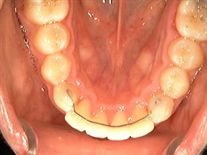
Clear retainer
Clear retainer
Bonded lower wire retainer
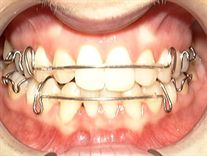
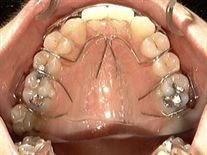
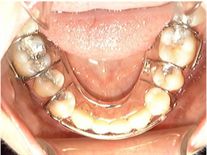
Retainer plates
Upper retainer
Lower retainer

